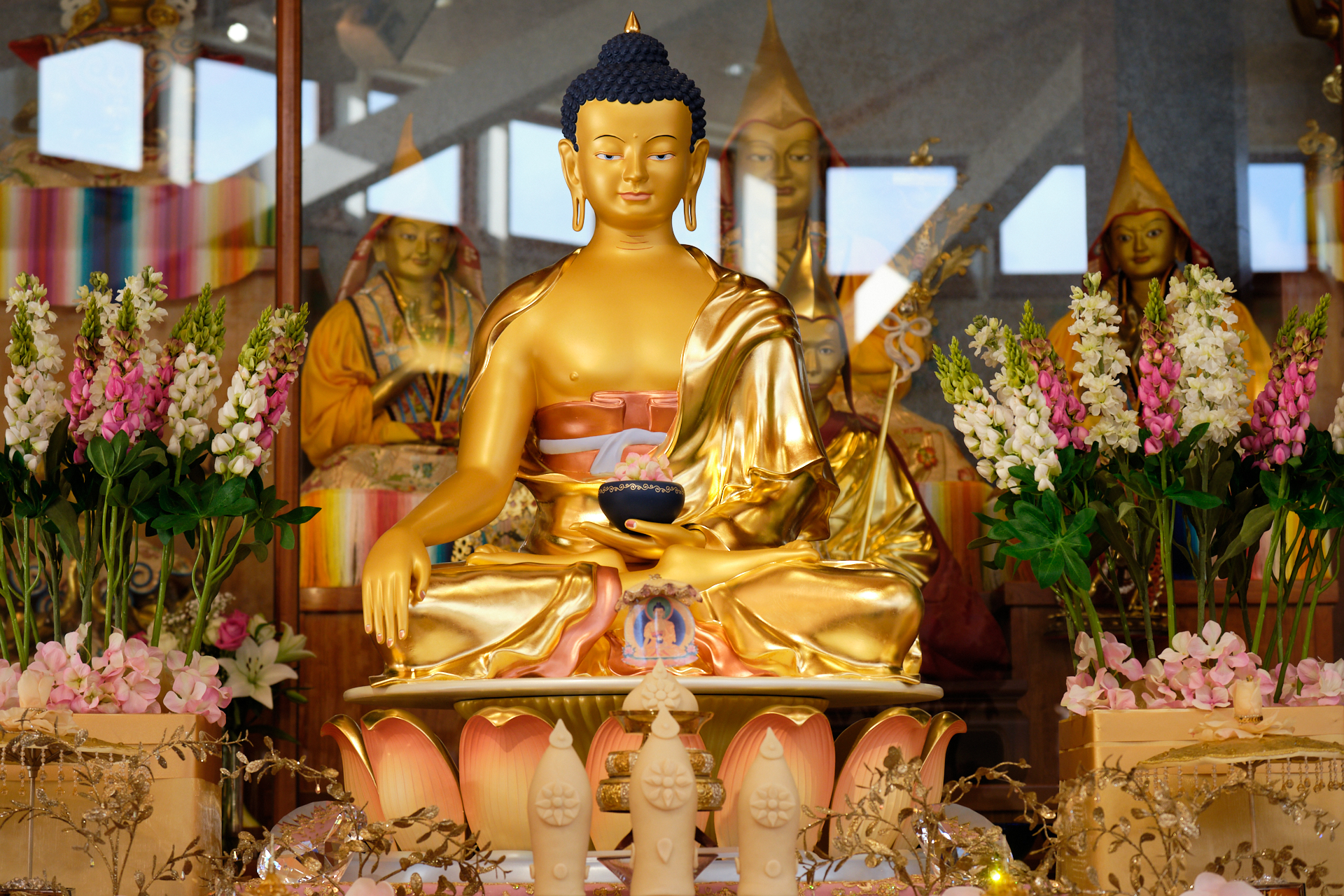Spotlight on Reels for the New Year
Jan 8, 2025
Meditations to Make Our Life Happy and Meaningful
Venerable Geshe Kelsang Gyatso Rinpoche
"The meditation practices presented in this book are actual methods to control our mind. Because everyone has different wishes and capacities, many different levels of meditation practice are given. In the beginning we should choose the level we feel most comfortable with, and gradually, through improving our understanding and familiarity, advance progressively to the higher levels. By continuously engaging in these meditations with joy and patience, we will accomplish the ultimate goal of human life."
- Venerable Geshe Kelsang Gyatso Rinpoche
Purchase from the following Tharpa stores:
The New Meditation Handbook is a practical guide to meditation that teaches us how to make ourself and others happy by developing inner peace, and in this way make our lives more meaningful.
Without inner peace there is no real happiness at all. Problems, suffering and unhappiness do not exist outside the mind; they are feelings and thus part of our mind.
Therefore, it is only by controlling our mind that we can permanently stop our problems and make ourself and others truly happy.

The twenty-one Buddhist meditation practices presented in this book are actual methods to control our mind and experience lasting inner peace.
This extremely practical guide is an indispensable handbook for those seeking happiness and meaning in their lives.
Available online
The New Meditation Handbook is available in different languages and multiple formats from Tharpa Publications.
For more information and online purchases visit the Tharpa International website and select your region.
Use the links below to go to other book pages. Please note the books are listed in the recommended sequence for studying and reading Venerable Geshe-la’s books: